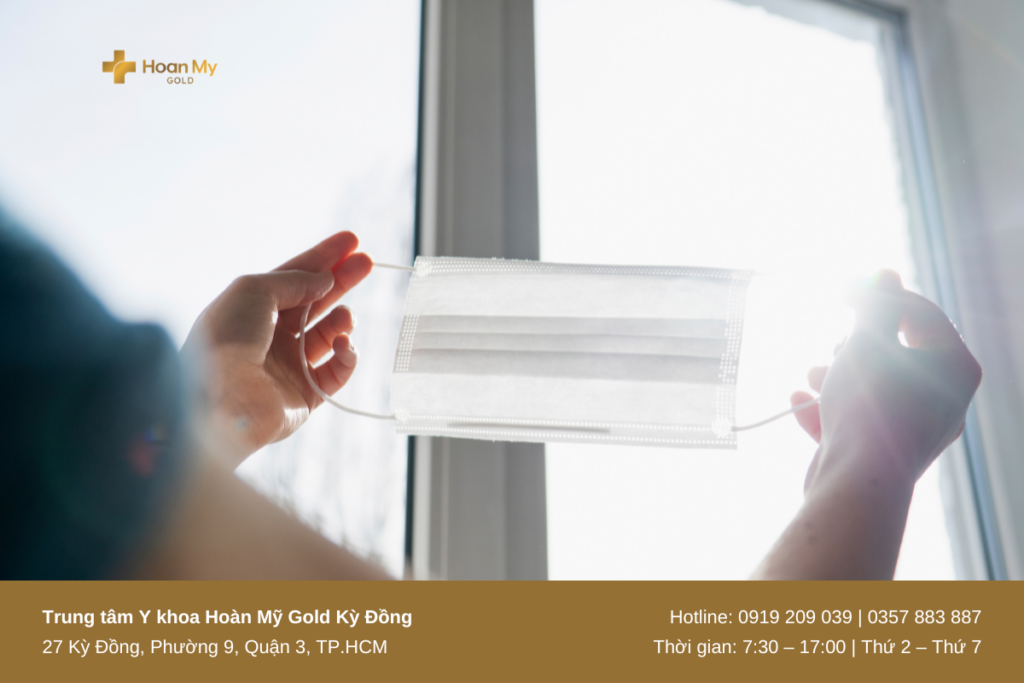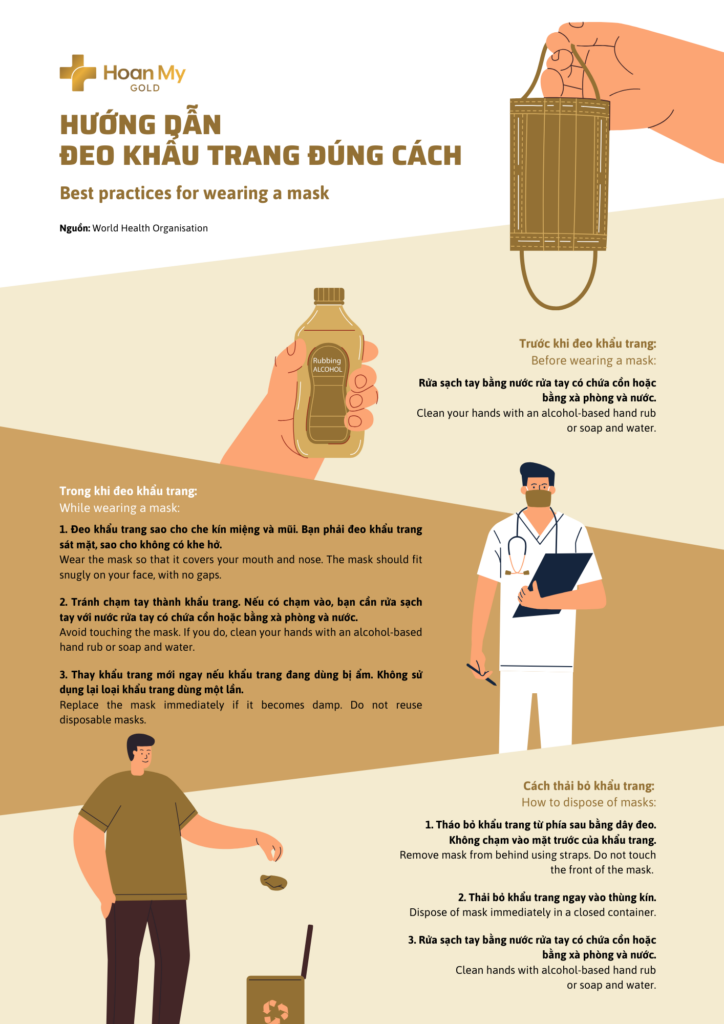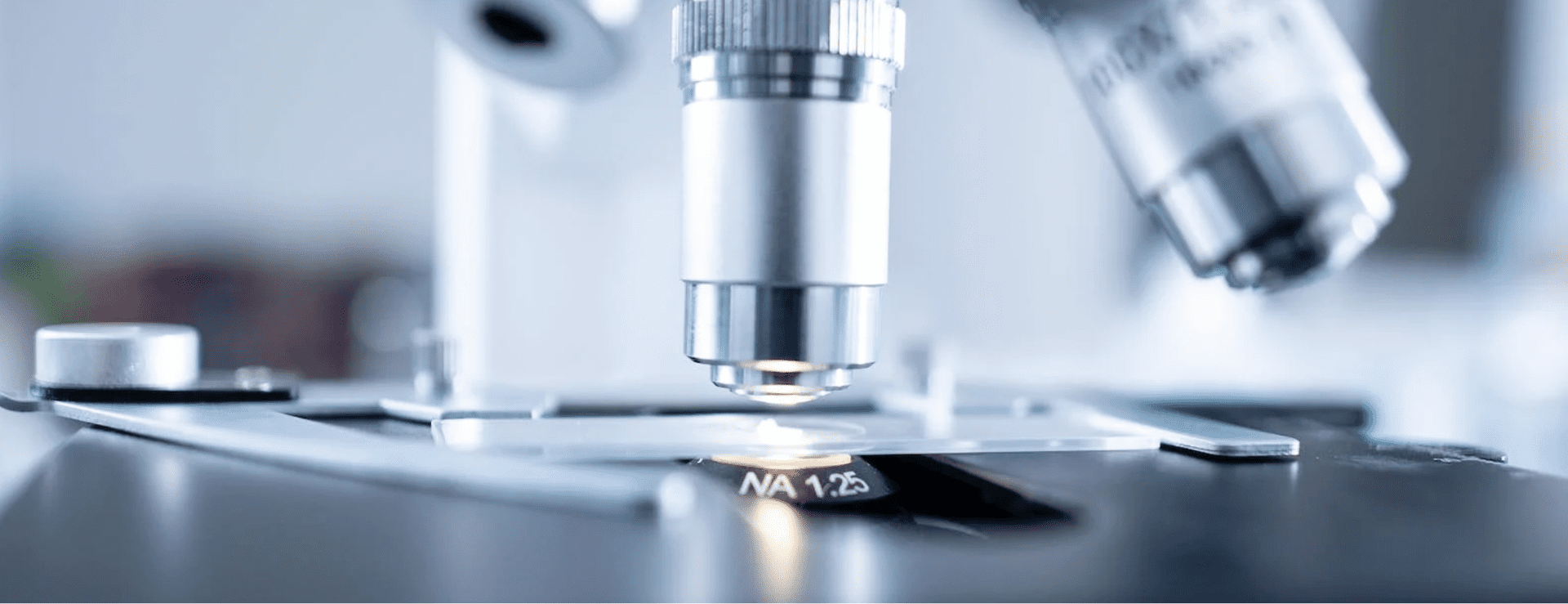Seasonal flu and airborne respiratory diseases such as COVID-19, pneumonia, and bronchitis can spread rapidly within communities. One of the most effective ways to reduce the risk of infection is wearing a face mask correctly. However, many people do not follow the proper guidelines, which significantly reduces the protective effect.
According to the World Health Organisation (WHO), wearing a mask in combination with regular handwashing can greatly reduce the risk of influenza transmission and other respiratory infections. To protect yourself and those around you, it is essential to understand the correct way to wear a mask.

90% of people wear masks incorrectly – More harm than good during flu season. Source: Internet
Why is it important to wear a face mask properly?
A face mask does not only help prevent the spread of viruses but also protects the wearer’s health. Key benefits include:
- Blocking respiratory droplets from infected individuals when they cough, sneeze, or speak.
- Protecting the respiratory system from bacteria, viruses, and airborne pollutants.
- Reducing the risk of cross-infection in healthcare settings and crowded places.
- Providing protection for high-risk groups, including young children, the elderly, and individuals with underlying conditions.
Wearing a mask incorrectly can render it ineffective and even increase exposure to bacteria and viruses. Therefore, following proper mask-wearing guidelines is essential.
How to wear a face mask correctly?
1. Before wearing a mask
Wash hands thoroughly with soap and water or use a hand sanitiser to remove bacteria and viruses.
2. Proper mask-wearing guidelines
- Ensure the mask fully covers your nose, mouth, and chin, leaving no gaps on the sides.
- Adjust the nose clip (if available) so that it fits snugly along the bridge of your nose.
- Do not pull the mask down to your chin while wearing it, as this reduces its effectiveness.
- Avoid touching the front of the mask. If you do, wash your hands immediately.
- Replace the mask if it becomes damp or dirty to maintain its protective effect.
3. How to remove and dispose of a mask
- Only touch the ear loops or ties when removing the mask, avoiding contact with the front.
- Dispose of the mask immediately in a closed bin, ensuring proper hygiene.
- Wash hands thoroughly after removing the mask.
Note: Fabric masks should be washed daily with soap and warm water to ensure safe reuse.

Guide to wearing a mask correctly. Source: WHO
Common mistakes when wearing a mask
- Wearing the mask without covering both the nose and mouth, or only covering the mouth.
- Pulling the mask down and then pulling it back up multiple times, increasing the risk of contamination.
- Touching the outer surface of the mask and then touching the eyes, nose, or mouth, transferring bacteria to the body.
- Not replacing the mask when it becomes damp or dirty, allowing bacteria to thrive on the surface.
- Reusing disposable surgical masks, which reduces their protective effectiveness.
When should you wear a mask?
Wearing a mask is essential in protecting public health, especially in the following situations:
- When visiting medical facilities, hospitals, or clinics to reduce the risk of infection.
- When in public places, public transport, or crowded areas.
- When interacting with someone displaying symptoms of coughing, Fever , or a runny nose.
- When caring for a sick individual at home to prevent transmission.
Individuals showing flu-like symptoms or suffering from respiratory illnesses should always wear a mask to prevent spreading infections to others.
Can wearing a mask replace other preventive measures?
Wearing a mask is an important part of disease prevention strategies, but it cannot completely replace other preventive measures. To ensure comprehensive protection, it is necessary to combine it with:
- Getting an annual flu vaccine to reduce the risk of infection.
- Washing hands frequently with soap and water.
- Maintaining a safe distance from individuals with flu symptoms.
- Adopting a healthy lifestyle, including a balanced diet and regular exercise to strengthen immunity.
Wearing a face mask correctly not only protects individuals but also helps reduce the spread of seasonal flu and other respiratory infections within communities. However, a mask is only effective when used properly and combined with other hygiene measures.
Take proactive steps to follow these guidelines to protect yourself, your family, and your community. If you experience flu-like symptoms or have respiratory issues, visit the nearest medical facility for timely examination and treatment.
References:
- National Cancer Institute. Proper use of face masks.
- Huu Lung District Medical Centre. Guide to wearing face masks correctly.
- An Giang Department of Health. WHO recommendations on mask usage.
—
HOAN MY GOLD KY DONG MEDICAL CENTRE
Hotline: 0919 209 039
Address: 27 Ky Dong, Ward 9, District 3, HCMC
Working Hours: Monday – Saturday | 7:30 – 17:00
Fanpage: https://www.facebook.com/hoanmygoldkd
Zalo: https://zalo.me/1806744790268771257
